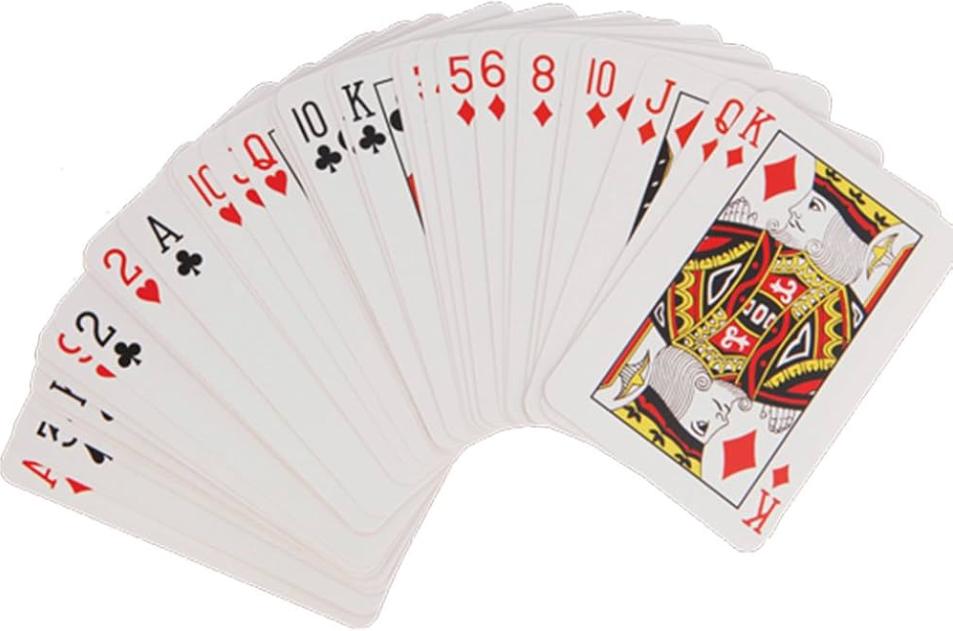The thrill of poker lies in its potential for both exhilarating wins and crushing defeats. But let’s face it, variance in poker can be a fickle beast, throwing even the most skilled players off their game. Those bad beats and cooler hands, while unavoidable, can be incredibly frustrating. However, mastering variance poker strategies can help you navigate these swings with greater composure and, ultimately, improve your long-term success.
Understanding your enemy
Before tackling its mitigation, let’s define what is variance in poker. It represents the natural fluctuations in your results due to factors beyond your control, primarily the luck of the cards dealt. Even if you consistently make optimal decisions, you won’t win every hand due to the inherent randomness of the game. Variance is the inherent “rollercoaster” effect that separates short-term results from your true skill level, as measured by poker variance calculators.

Embracing the inevitable
The first step in managing poker variance is accepting it as an intrinsic part of the game. Wishing it away won’t make it disappear. Instead, acknowledging its presence allows you to approach the game with a clear head and avoid tilting due to bad luck. Remember, every player experiences variance; what matters is how you react to it.
Building a strong foundation
While you can’t control the cards dealt, you can control your skill level. Focus on mastering the fundamentals of poker:
- Solid pre-flop starting hand selection: Knowing which hands to play from various positions minimizes the impact of bad flops.
- Positional awareness: Understanding the power of position and adjusting your play accordingly gives you an edge.
- Bet sizing and pot control: Mastering these skills allows you to extract maximum value from strong hands and minimize losses on weaker ones.
- Bluffing and deception: These advanced techniques, used strategically, can throw off your opponents and manipulate the pot size.
By sharpening your fundamentals, you create a strong foundation that helps you weather the storms of poker variance. Even when the cards aren’t your friend, strong play ensures you make the most of every opportunity.
Managing your bankroll
Perhaps the most crucial strategy for minimizing poker variance is proper bankroll management. Playing beyond your means amplifies the emotional impact of losses and can tempt you to make tilt-driven decisions. Allocate a specific bankroll for each game and stick to it. Never chase losses by playing higher stakes, as this is a recipe for disaster.
Seeking out soft games
Not all poker games are created equal. Choosing tables with weaker players generally means experiencing less variance poker. While the wins may be smaller, the consistency fosters confidence and minimizes emotional swings. As your skills improve, you can gradually graduate to tougher games with larger potential rewards.

Maintaining emotional Control
Emotions are the arch-enemy of variance in poker management. When bad luck strikes, it’s natural to feel frustrated. However, tilting – playing emotionally driven, suboptimal poker – leads to further losses. Develop mental strategies to stay calm, such as taking breaks, practicing mindfulness, or using visualization techniques. Remember, every bad beat is just one hand, and the next one could be your lucky one.
Tracking your progress
Tracking your hands and analyzing your play is crucial for identifying areas for improvement. Tools like poker variance calculators can help you understand your win rate, standard deviation, and other metrics. By analyzing these stats, you can see if your decisions align with your overall strategy and identify any leaks in your game.
Remember, variance in poker is a marathon, not a sprint. Embrace the ups and downs, focus on mastering the fundamentals, manage your bankroll wisely, and stay emotionally controlled. By implementing these strategies, you can reduce the impact of variance poker and pave the way for long-term success at the tables.


